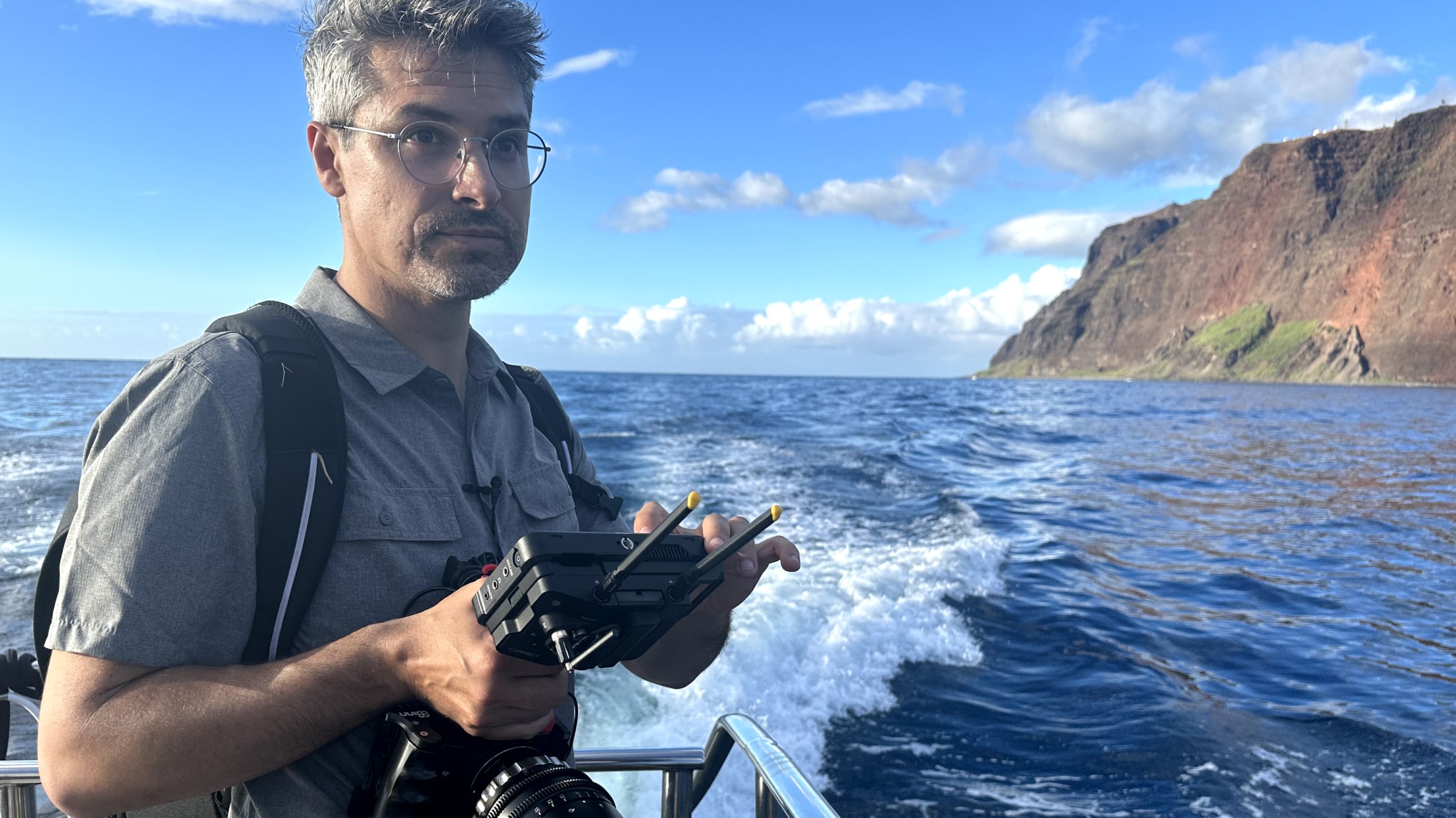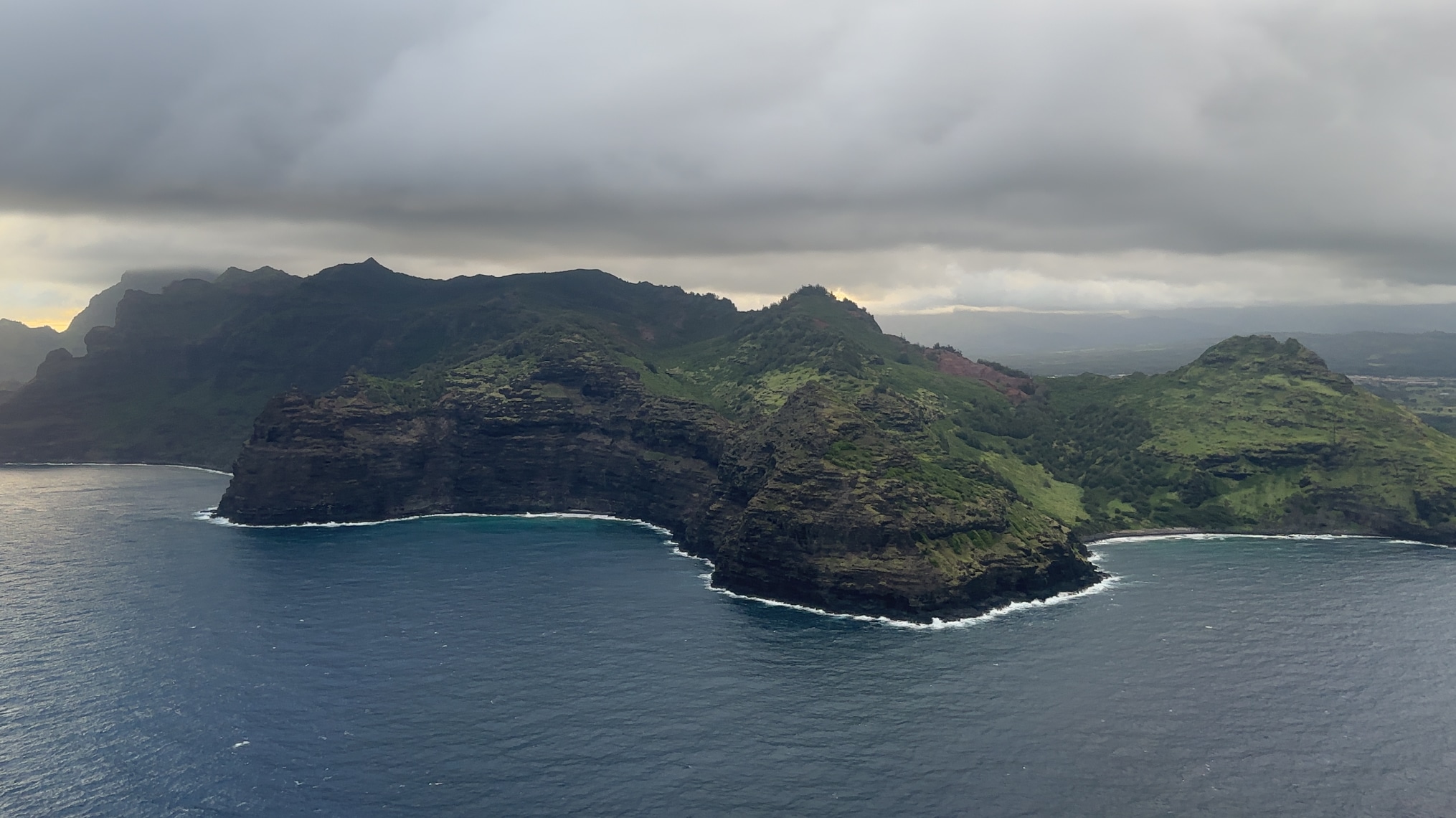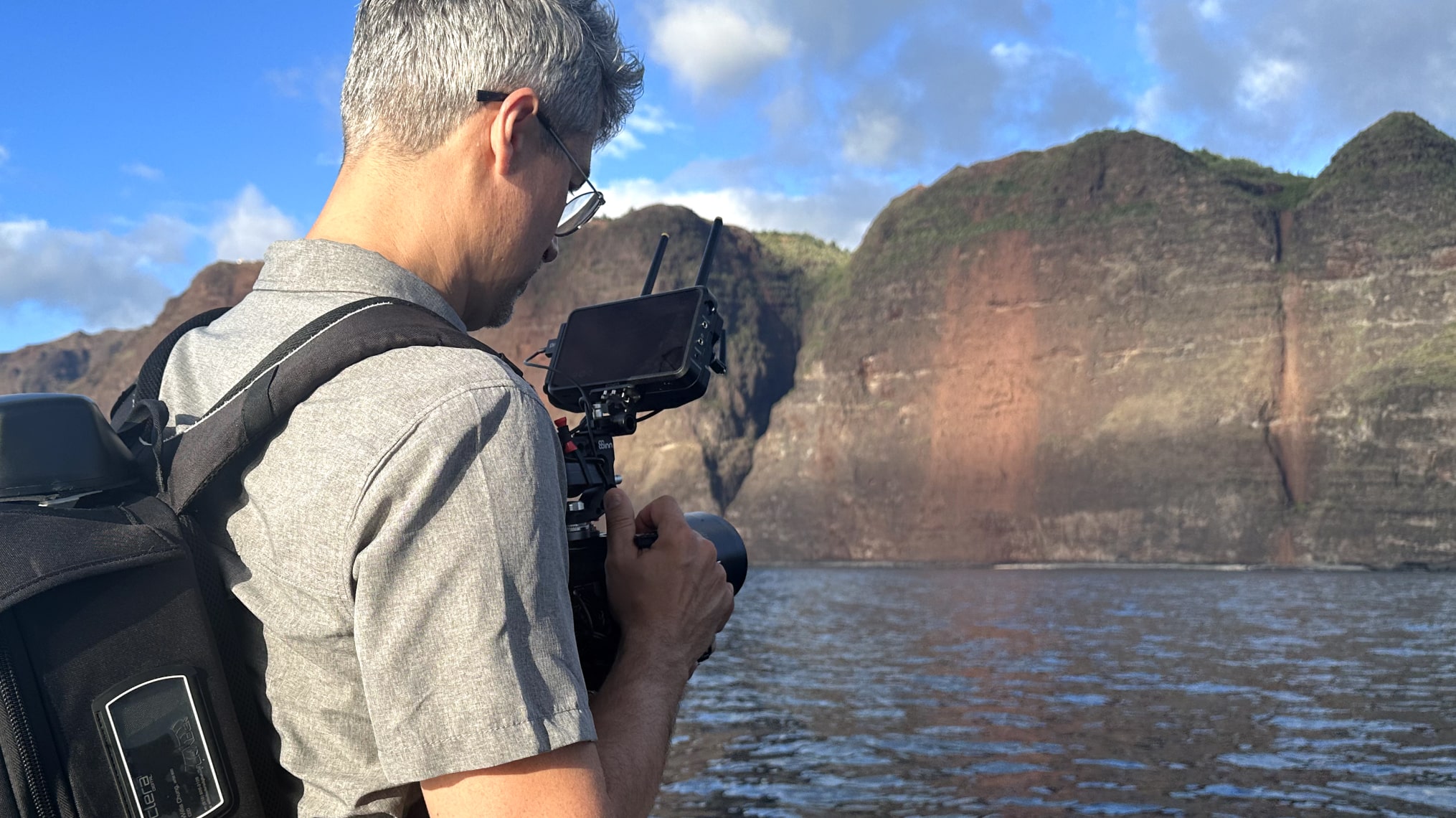The ability to transfer footage direct from camera into the cloud can trim time and cost by making production workflows much more efficient – and it’s a style of production that’s proving popular. This even applies to documentary production, where filming is generally done outside the safety of a studio, or even beyond urban areas with decent wireless coverage. Camera to Cloud (C2C) from remote locations is now possible using off-the-shelf technologies.
Emmy Award winner Graham Ehlers Sheldon travelled to Kauai, Hawaii to create a mini documentary on the island’s distinct culture, while field testing C2C technology. Before he arrived on the island, he was concerned about connectivity from somewhere so remote. “As it turned out, it’s been seamless all over the island, including at sea – which is still blowing my mind,” he enthuses.
Sheldon, an indie producer and cinematographer as well as a Sigma ambassador, used a Sigma FP camera with a Sigma Cine 65mm T1.5, connected via HDMI to an Atomos Ninja V monitor. Portable internet connectivity was provided via a Sclera Digital bonded cellular system, which Sheldon carried in a backpack along with Anton/Bauer batteries. “It is really simple to set up,” he reported. “If you’ve ever set up an at-home router, it’s even easier than that.”


